How to Discover Your Personal Art Style
Where to begin?
Style is subjective. Whether it be the clothing you wear, how you choose to decorate your home, or the way in which you present yourself to other people, your style is your own and inevitably, it helps to define who you are.
Art operates as an expression of oneself, both for the artist and for the consumer. Whereas an artist creates tangible objects to share with the world, the way in which we receive these objects comes down to who we inherently are, and/or how we may evolve as individuals.
In order to discover your personal art style, it is important to ask questions.
For instance:
What moves you in a visual work? Is it technique? Colour? Scale? Chaos? Why?
Does something need to tell a story to engage you?
Do you like history? Geography? Politics? Do you look for these things in all art forms?
If you can confidently answer every question, then you are on the right track. But how deep is your knowledge of various art forms and genres? The first step on the path to self-discovery is accordingly, education. For perhaps there is something that appeals to you artistically, which you have yet to realise. Your personal style and preference may drastically shift, or better yet expand, once you uncover a bigger picture. The following text is meant to guide your critical thinking process and encourage you to develop your personal art style or 'niche' in an impossibly vast, and richly abundant, art world.
There are some great texts available, in many languages, concerning the history of art and the modern art world. This may prove a valuable stepping stone for novice, or even experienced art world insiders. Some noteworthy reads include the accessible ‘Seven Days in the Art World’ (2009) by Sarah Thornton and ‘The Art of Collecting: An Intimate Tour Inside Private Art Collections with Advice on Starting your Own’ (2010) by Diane McManus Jensen.
Aside from this, there are tools available online to assist in discovering what art forms tailor to you specifically, they do so by comparing two works at a time, and through your personal selection and thus the process of elimination, present your results. Gallerease will be re-introducing the innovative tool 'Artease' which will assist you in identifying your personal art style. Stay updated for the new release date!
The following are some examples to help you sort by category, subject, theme or physical properties.
The Category Example: discover what perks your interest
Many in the art world choose to specialise in a certain area or period in order to effectively grasp the depth of one style or ‘genre’. The history of art is expansive and with that comes a multitude of work including various forms of self expression. By focusing exclusively on one element that you are attracted to then you can grow your knowledge and possibly develop into an expert on the subject.
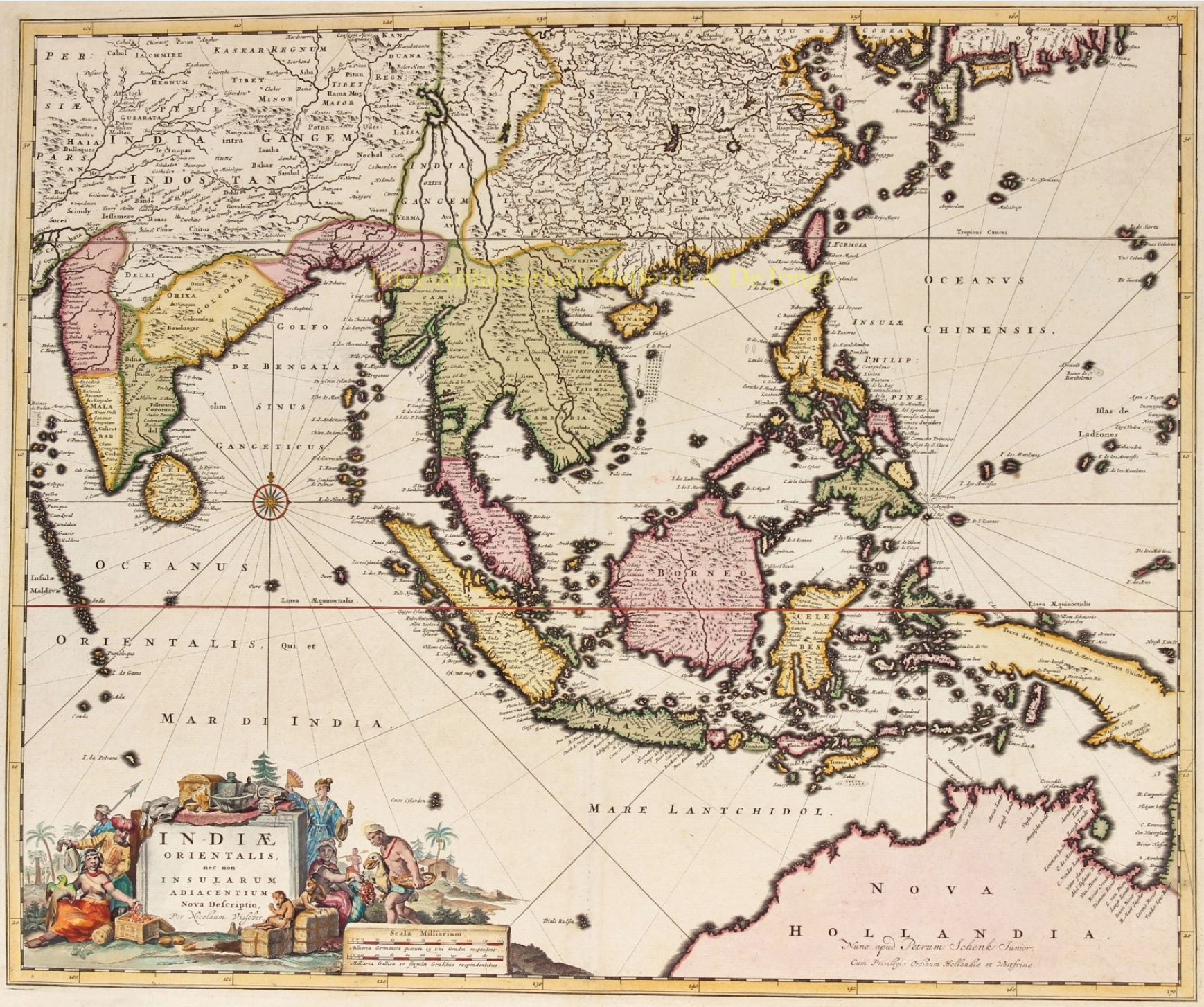
Artist: Pieter Schenk
Title: India, South East Asia, Japan and the North Coast of Australia
Medium: Copper Engraving on Paper
Size: 46 x 57 cm
Take Works on Paper, or more specifically Vintage Maps as an example. If travel or geography appeals to you, it is easy to get lost in the cartographic depictions of various continents, countries and topographic compositions. These educational resources have developed into a fine art of their own for the science, detail and skill required to portray such images is truly remarkable. You can choose to focus on a period, region or technique, and explore the many facets of maps through the ages. Click here for more examples.
Further reading: ‘Great Maps’ (2014) by Jerry Brotton and ‘Collecting Old Maps’ second ed. (2015) by Francis J. Manasek.
The Subject Example: explore variations in portraiture
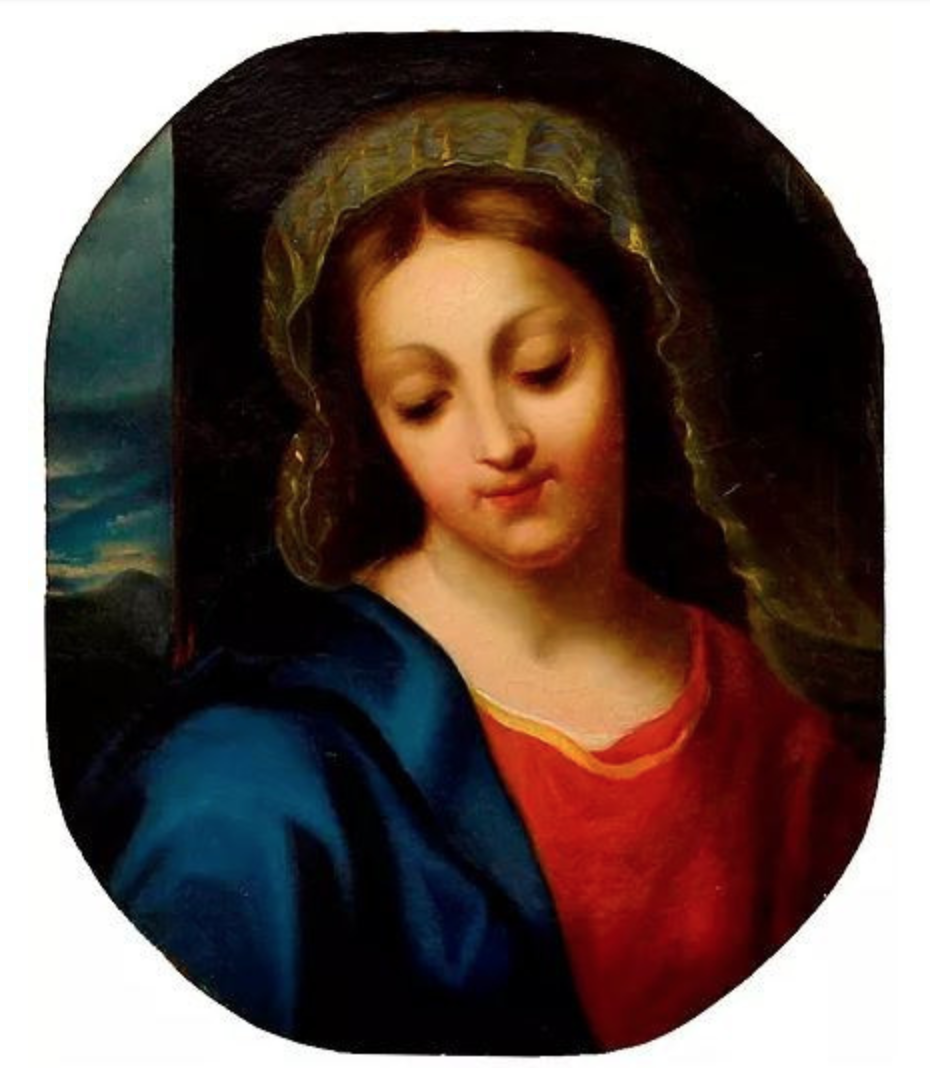
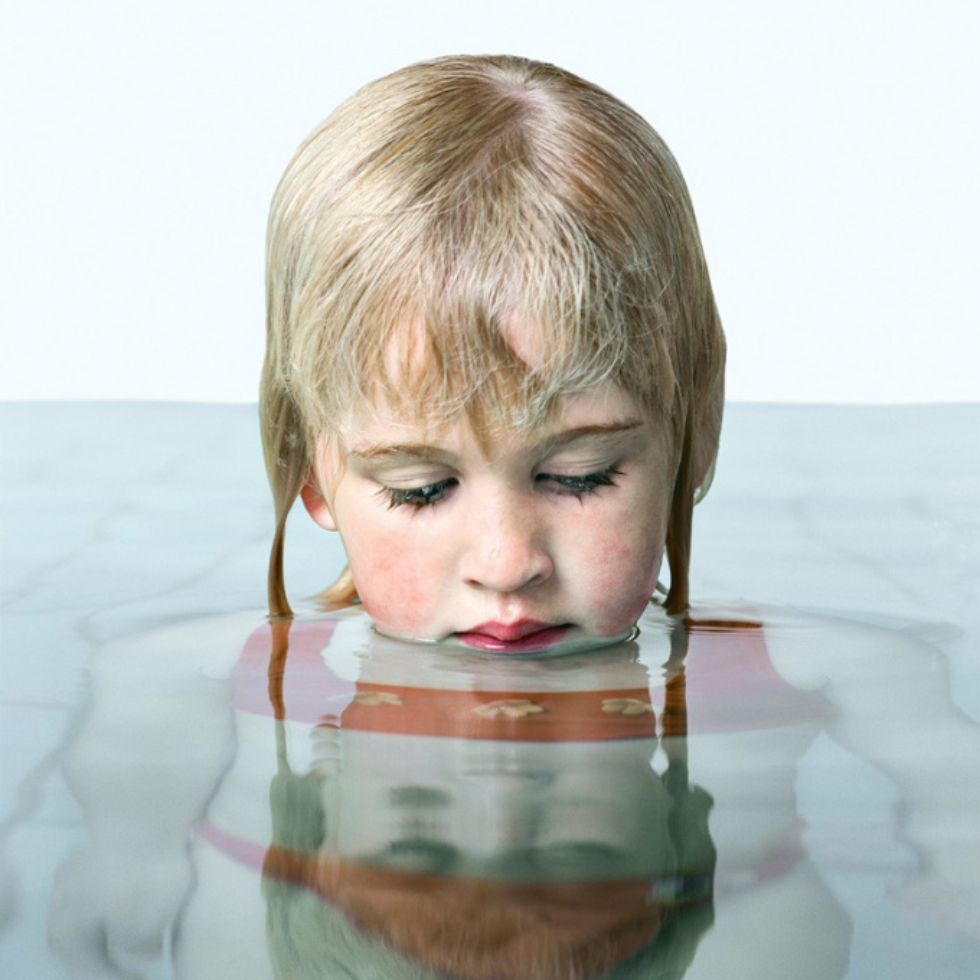
Artist: Italian School (18th Century)
Title: Madonna
Medium: Oil Paint
Size: 55 x 45 cm
.
Artist: Alex Ten Napel
Title: Diura
Medium: Photography
Size: 100 x 100 cm
Portrait paintings of Madonna or Mother Mary, such as the work above, are one of the most common subjects painted during the Renaissance period.
Are you drawn to this type of imagery? Why or why not?
You don’t have to be religious to appreciate this elegant portrait. Whereas some individuals prefer to shy away from pious subjects, others are drawn to it for just that reason. If you are on the fence, perhaps an explanation of the history behind this imagery can help to alter your perspective.
The earliest known depictions of Madonna date from the 2nd century, making her one of the most prominent and enduring subjects in the history of Western art. For those interested in anthropology, sociology and even psychology, there is plenty to absorb here. Portraits of this type are stock-full of symbolism and passion, an identifying aspect of the Western world’s early dedication to the Church. It was the wealth of the Christian Church that funded artist's careers, and helps to explain the abundance of images that still exist to this day, many of which were often painted with the incorporation of precious materials such as gold leaf and lapis lazuli.
The second portrait, Diura, is a contemporary photograph depicting a small child. As a less pious culture, the modern art world has witnessed monumental developments in stark contrast to the religious imagery of our recent past.
What visual differences do you observe between these two portraits?
If the soft figurative style of Mother Mary does not fully appeal to you, but you appreciate the composition for example, you may turn to photographic portraits. These powerful works, such as this fine example courtesy of Fotogalerie Utrecht, have the ability to capture the serene and vulnerability of human beings. The sharp imagery is more relatable than painting so perhaps your personal art style lies beneath the lens.
Is your personal art style preference: form or function?
For some, aesthetics aren’t enough. You might find that art needs to have a real purpose, a practical, or a functional role. In this instance it may be the Decorative Arts that appeal to your senses.
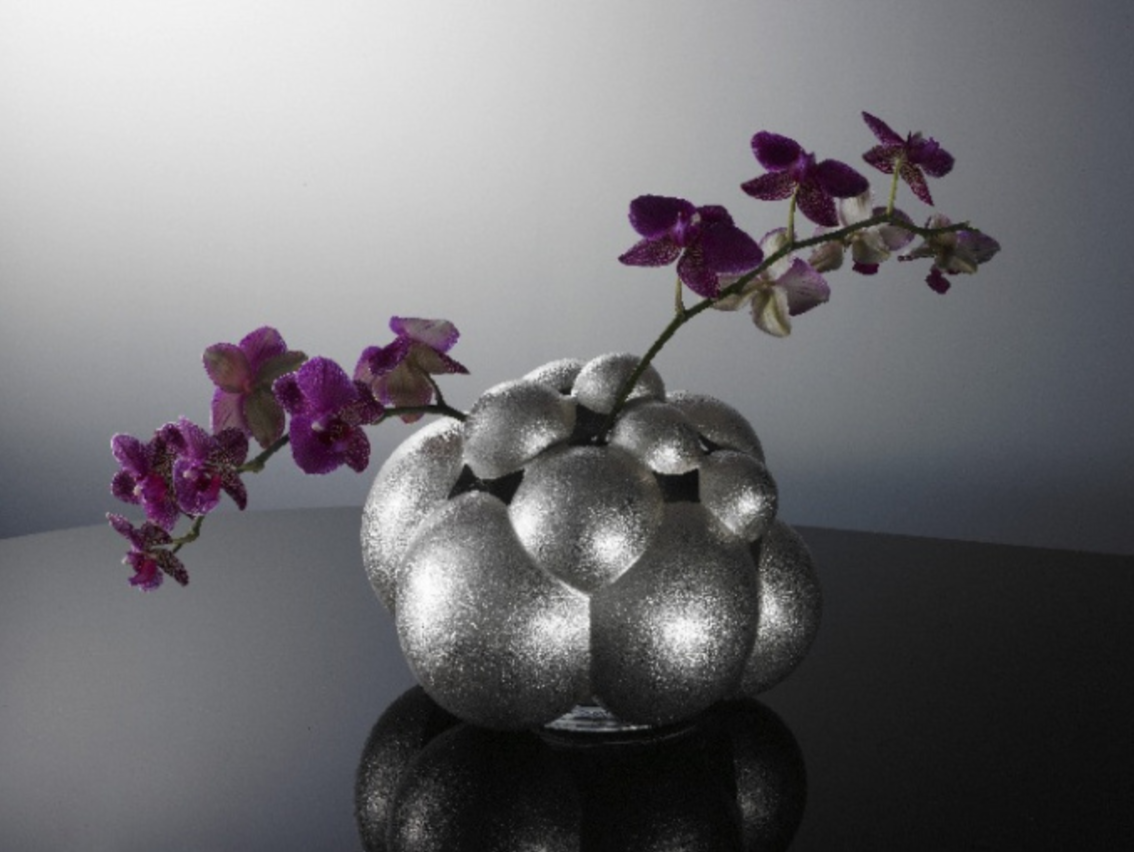
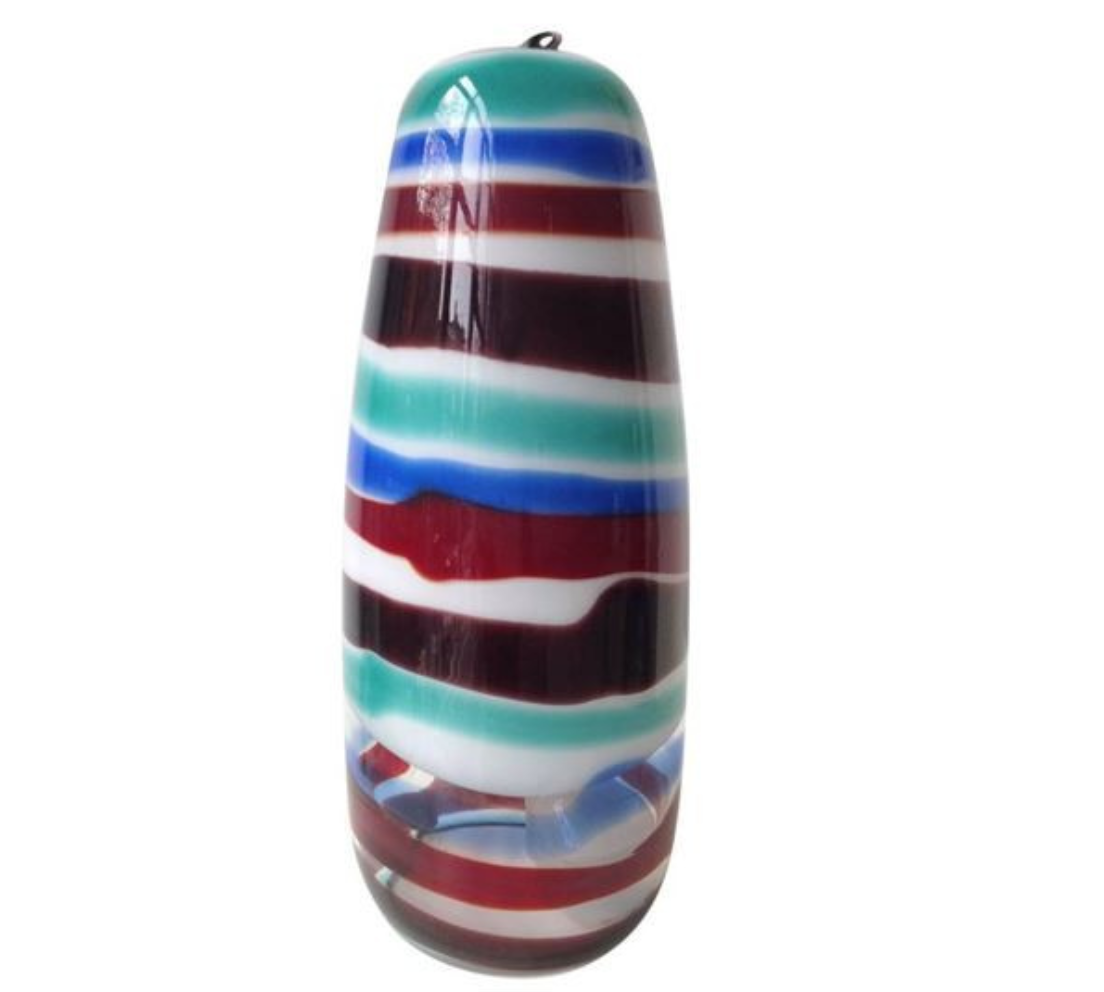
Artist: Paul de Vries
Title: Tulip Vase
Medium: Silver
Size: D: 25 cm
Artist: Massimo Vignelli
Title: Pendant Lamp, Venini
Medium: Glass
Size: H: 36 cm
Decorative Art objects are considered to be both useful and beautiful, referencing objects of silver, glass and ceramic, among others. This remains a broad category, so if you are in search of your personal art style in relation to decorative arts, you may benefit from further classification.
Here we have to examples of functioning objects, the first a contemporary silver sculpture by Dutch artist Paul de Vries which doubles as a flower vase. The second object by artist Massimo Vignelli dates to the mid 20th century, and is very particular of the Italian glassware from the 1960's.
Further reading: ‘A Theory of Craft: Function and Aesthetic Expression’ (2009) by Howard Risatti and ‘Art as Experience’ (2005) by John Dewey.
The publications referenced above are enjoyable and informative texts which are intended to inform readers about the ins-and-outs of the art world, the history of collecting and the foundations of various art historical disciplines. However, it may be that before you delve into these texts, you’ll want to start with the basics. So remember to ask questions while observing works of all shapes and sizes. Start a discussion among your peers to gather more information on various subjects. Try an engaging online art test, such as Artease, to help identify your interests.
Remember that it’s not necessary to stick to a certain type or genre. Perhaps your personal art style cannot be defined, and why does it have to be? If you are interested in creating a dialogue on the subject however, then familiarising yourself with the various themes, techniques and mediums prevalent in art is essential. Try to engage with work of all types, even if a work doesn’t appeal to you immediately, for you may surprise yourself and simply expand your personal art style.
Discover your personal art-style at Gallerease using the various selection options or try Artease, a special art-selector developed by Gallerease!

